Everything about Permanent Holiday Lights
Permanent holiday lights are the latest home technology craze since the invention of the LED. The idea is simple: install your lights once and stay off the ladder for years to come.
They're not just for Christmas. You can celebrate every holiday, birthday, even football games with bright, colorful lights that are guaranteed to bring smiles.
And when you're not celebrating, they can be used as accent lighting or improve your home security.
But there are a lot of options out there and it can be overwhelming at first.
I've boiled down months of research to help you understand the landscape of permanent holiday lighting, plus I'll give you an idea of pricing and tell you my recommendations.
All my research is captured in a Google spreadsheet that you can access read-only. If you want to make notes changes, just save a copy to your personal Google Drive.
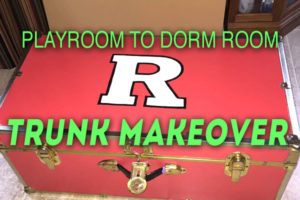
HandyDadTV is a DIY channel so I'm going to focus on solutions that you can install yourself.
However, I included a few professionally-installed brands, like Jellyfish, Gemstone and TrimLight, that are all excellent but I don't have any pricing information because they are by quote only.
With a Professional installation, you can expect you're going to get high quality lights enclosed in channels or tracks that match the color of your house, they'll drill into soffits or attics to hide wires for the controller as well as power injection, plus you'll get a warranty and someone to call for support if anything goes wrong.
With a DIY installation, you can choose to install “pro” level materials, or use an off-the-shelf kit, or do a completely custom solution with generic materials. You'll save a lot of money, but you're on your own when it comes to support.
When considering permanent lighting, you can choose from three categories of lights:
- Pixels are generally ugly and meant to be installed in channels for permanent lighting
- Pucks are ready to install with no channel needed
- LED Strips can be purchased with weatherproof coatings, but channels are always recommended for esthetics and protection
You'll also need to decide if you want the lights facing outward (also known as direct lighting because you can see the LEDs directly) or downlighting (which is indirect lighting because the LEDs illuminate your house).
My spreadsheet also includes the voltage of the strings, the spacing of the lights, the number of LEDs per light (which is helpful for redundancy to mitigate failures), attachment options, warranty information, and pros and cons of each solution.
Pricing and other criteria used to determine my top picks are included in the Scoring tab.
OELO
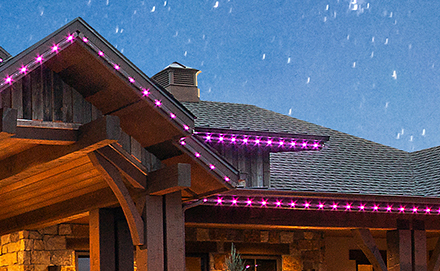
OELO is a professionally installed product that has a DIY option if you want to install it yourself. OELO has round pixels with 2, 36-volt LEDs spaced 9″ apart.
OELO is based in Colorado and they are the most expensive brand in this review, but they have a great five year warranty and the most flexible installation options. They offer aluminum or acrylic channels in a wide variety of colors that can be installed facing out or down.
ShowHome Lighting

ShowHome Lighting is a Canadian company that provides high-end down-lighting kits designed for do-it-yourselfers. Their lights are round with 3, 12-volt LEDs spaced 7.5″ apart.
They offer 4 colors of hat-style aluminum channels and use RGBW pixels for real white accent lighting.
The most unique thing about ShowHome is that each pixel has its own male and female connectors. That means there's no splicing during installation and it's trivial to replace bad pixels.
ShowHome comes with a 5 year warranty and uses WLED so you can easily integrate it with other lights and props.
Everlights

Everlights is based in Utah and they have the most unique style of pixel in this review. These 5-volt pixels are spaced 9″ apart, can face out or down, come in RGB or solid white, and are so thin they can be installed directly in gutters or under existing drip edge or soffit trim without needing additional channels.
Everlights sent me a short sample string so I could get a hands-on look at the pixels and verify they work with WLED. I installed them in a sample piece of vinyl gutter to see how they'd look. These lights are so small and well hidden that they're virtually invisible when the lights are off.
Everlights RGB pixels are WS2815 style, which means they have a backup data channel for redundancy. Without geeking out, just know a backup data channel can prevent you from losing half your lights on Christmas Eve if one pixel burns out.
If you don't want to drill holes in your existing trim, they sell pre-drilled aluminum trims in THIRTEEN different colors.
The white lights have an outstanding 15-year warranty, regardless of who installs them. The RGB lights have a 5-year warranty if the company installs them, otherwise DIYers get a disappointing 1-year warranty.
Bright Home Lights
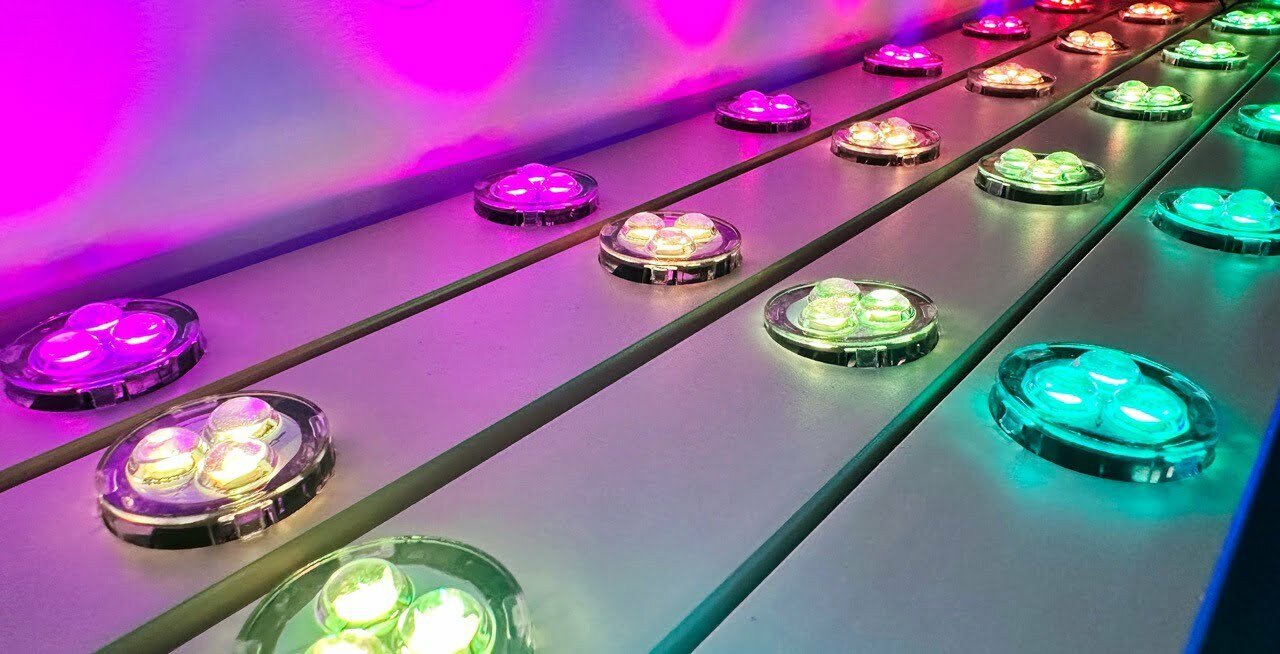
Bright Home Lights are professional looking lights, very similar to ShowHome Lighting but spaced closer and much better priced. The company sent me a couple of light strings and channels for this demonstration. I also did an in-depth review and installation video.
These are 12-volt round pixels with 3 LEDs each spaced 4″ apart. They're designed to be installed facing down. Each string of 10 pixels fits neatly in a 1-meter section of pre-drilled aluminum channel.
These are RGBW pixels, meaning they have a real white LED in addition to the RGB. That means you can have either cool white or warm white for accent lighting when you're not decorating with holiday colors.
They use 2-part aluminum channels so you can install the bottom with screws and then snap on the top with the lights. That means you can unsnap the channel to replace a bad string with no tools at all.
The channels come in 3 stock colors or they can be custom painted at the factory.
Bright Home Lights come with a 3-year warranty and their controller uses WLED so you can easily incorporate them into a larger lighting display.
Govee

Govee makes the best selling, most goof-proof permanent holiday lights that anyone can install regardless of skill level. These are “puck style” lights intended to be installed facing down and they don't require a channel. The only downside is the wires are visible between pucks.
They were originally only available in white, but Govee released a PRO version in October 2023 that comes in white or black. The PRO also adds separate warm white AND cool white LEDs for accent lighting, and includes an easy splicing kit for non-techies.
A new generation was released in 2024 that uses the same pucks as the originals but they added warm white LEDs. Watch my review video to learn more.
Govee sent me both sets to do a detailed comparison video.
Each light has a peel-and-stick adhesive back that makes it trivial to install, but physical clips are recommended to keep them in place for the long term.
The original Govee lights have 12 lights per 5-meter string but the PROs only have 10. They're intended to be installed under your soffits, a few inches from the house so they cast a bright focused cone of light on the wall. Some people don't like the look, but the cones and shadows are what make the Govee lights unique.
Both versions run on 36 volts, come with a 1-year warranty, and use the same Govee app for easy integration with other Govee lights. I was able to hack the original RGB lights for use with WLED, but I couldn't get the PROs to work with it.
If you're looking for the fastest and easiest way to get permanent Christmas lights on your house, check out Govee before they sell out.
Do It Yourself
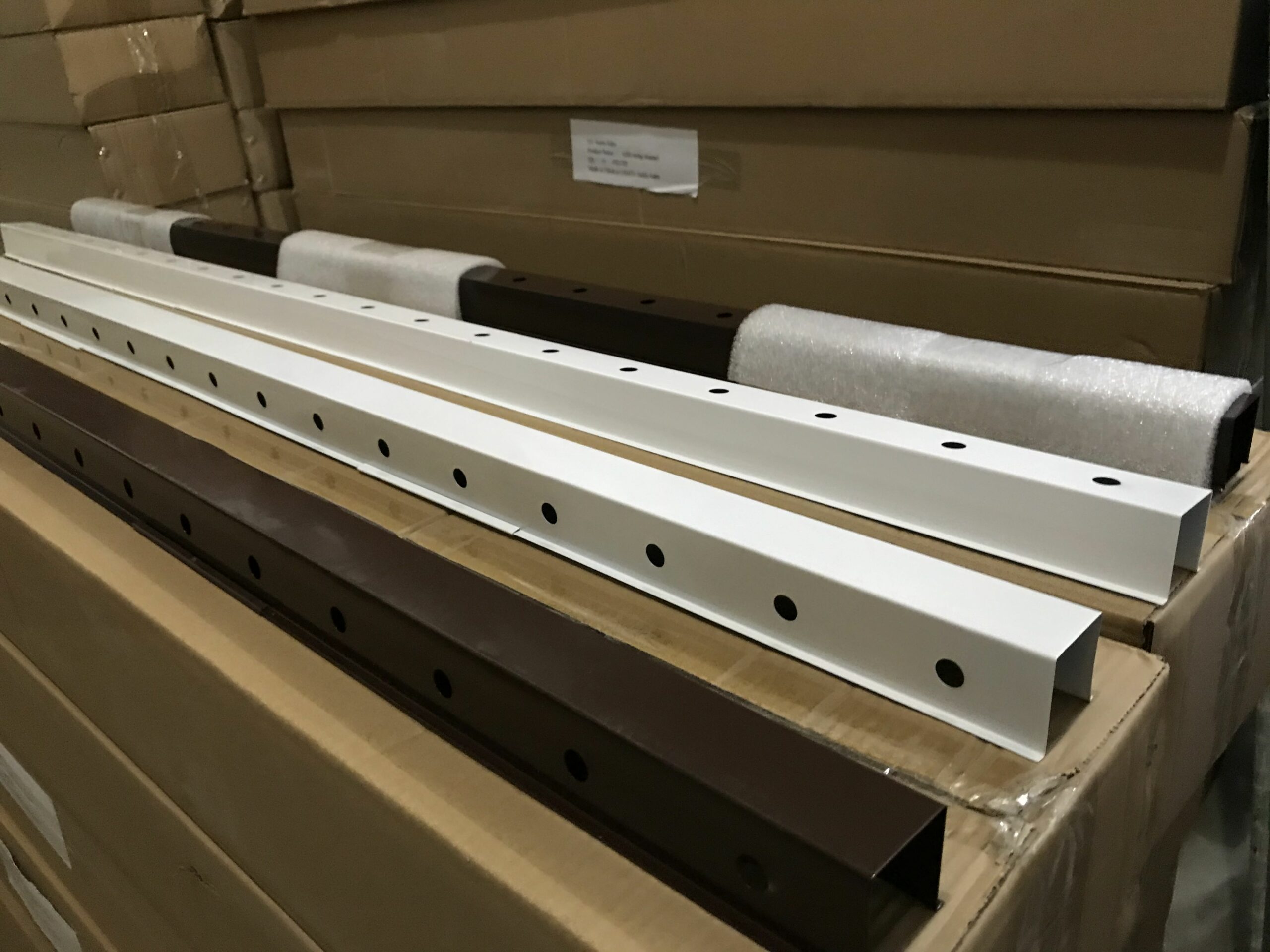
If you're not happy with any of the commercial products already mentioned, you can certainly save a little money and go with an extreme DIY approach by sourcing your own pixel strings, power supply, and any WLED controller.
Bullet pixels come in 5 or 12 volts, typically with 3″ spacing, and can be installed facing out or down. You can make your own track from metal studs or vinyl J-channel, but it's much easier to buy Permatrack from Dr. Zzs with the holes already drilled.
If you want even higher pixel density, you can go with RGB pixel strips instead of strings. LED strips are usually installed facing out for the brightest impact. There are a plethora of pixel densities available, but 30 pixels per meter is typical for this purpose. Although you can get strips with a weatherproof coating, aluminum channels with diffusers are highly recommended to keep them protected and make them invisible during the day.
I'm personally not a fan of highly dense pixels on a house. I think they have a tendency to look more like a Vegas strip club than holiday lighting. But that's purely my opinion.
Costs and Scoring
My spreadsheet has all the prices and data used to calculate the metrics used in my scoring.
Whenever possible I tried to price kits based on 100 feet of lights. Read the notes in the spreadsheet to see if they include power, controllers, and supplies. Sometimes they don't.
To create a level playing field, I started with the most common metric to compare lighting costs: the price per foot. These vary widely from around $3/foot for the GOVEE original lights to more than $23 per foot for OELO.
OELO and SHOW HOME were the outliers for high prices so I colored those red. The three lowest were colored green, and the middle of the field was colored yellow. This color scheme will be important for my scoring which I'll describe in a minute.
The next metric I calculated was the cost per light. Once again OELO and SHOW HOME were the highest so I colored them red. LED STRIPS, BULLET PIXELS and BRIGHT HOME LIGHTS were the cheapest per light so I colored them green, and the rest were colored yellow.
Next, I added a couple of SUBJECTIVE metrics that are based purely on my opinion alone. If you disagree with any of my ratings, please feel free to leave a comment to convince me otherwise.
First I judged the difficulty of installation as 1, for easiest, to 3, hardest.
Since BULLET PIXELS and LED STRIPS are completely custom solutions, I ranked them 3's for the toughest installation. The GOVEE options are undoubtedly the easiest, and all the others are middle of the road.
Next, I judged them by appearance. Again, I admit this is highly subjective.
For appearance, I personally don't care for the look of LED STRIPS on a house for holiday lighting so I ranked that the worst.
My favorites were EVERLIGHTS, BRIGHT HOME and SHOW HOME as having the best appearance, with the rest being average.
To come up with an overall score, I came up with a points system where each green earned 2 points, each yellow earned 1, and red got nothing.
But appearance is most important in my book, so I tripled the points there.
Then I added up all the points to create a SCORE and ranked the lights in the following order:
The lowest score of 4 points was a tie between OELO for being the most expensive and LED STRIPS for being a challenging installation and my least favorite visually.
BULLET PIXELS scored slightly better with 6 points followed by SHOW HOME with 7.
Both versions of the GOVEE lights tied for third place with 8 points because they are relatively inexpensive and trivial to install.
2nd place goes to EVERLIGHTS with 9 points for looking awesome, but they are definitely on the expensive side.
That means my top pick in terms of value, appearance and installation goes to BRIGHT HOME LIGHTS with a score of 10 points.
Although they cost twice as much as the GOVEE per foot, the cost is actually LOWER per LIGHT, and that's including aluminum channels which look MUCH BETTER than GOVEE's exposed wires.
Top 3 Picks
So, for the money, my top 3 are:
- Bright Home Lights for the best professional looking lights
- Everlights if you want the cleanest esthetic and minimal architectural impact
- Govee permanent lights if you want the easiest installation and don't mind seeing the wires
What do you think of my rankings? What do you want to learn more about? Please leave a comment and let me know.

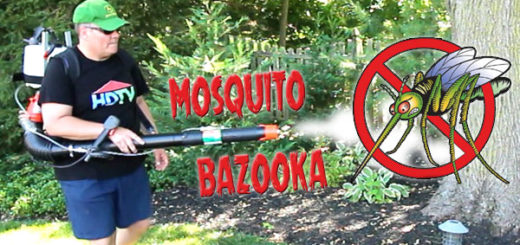



Is there any chance you can email me the spread sheet!! I’ve very interested in getting these done to my house.
Here is the link to the Google Sheet. You can download a copy if you want. Be sure to watch the installation video of my permanent lights.